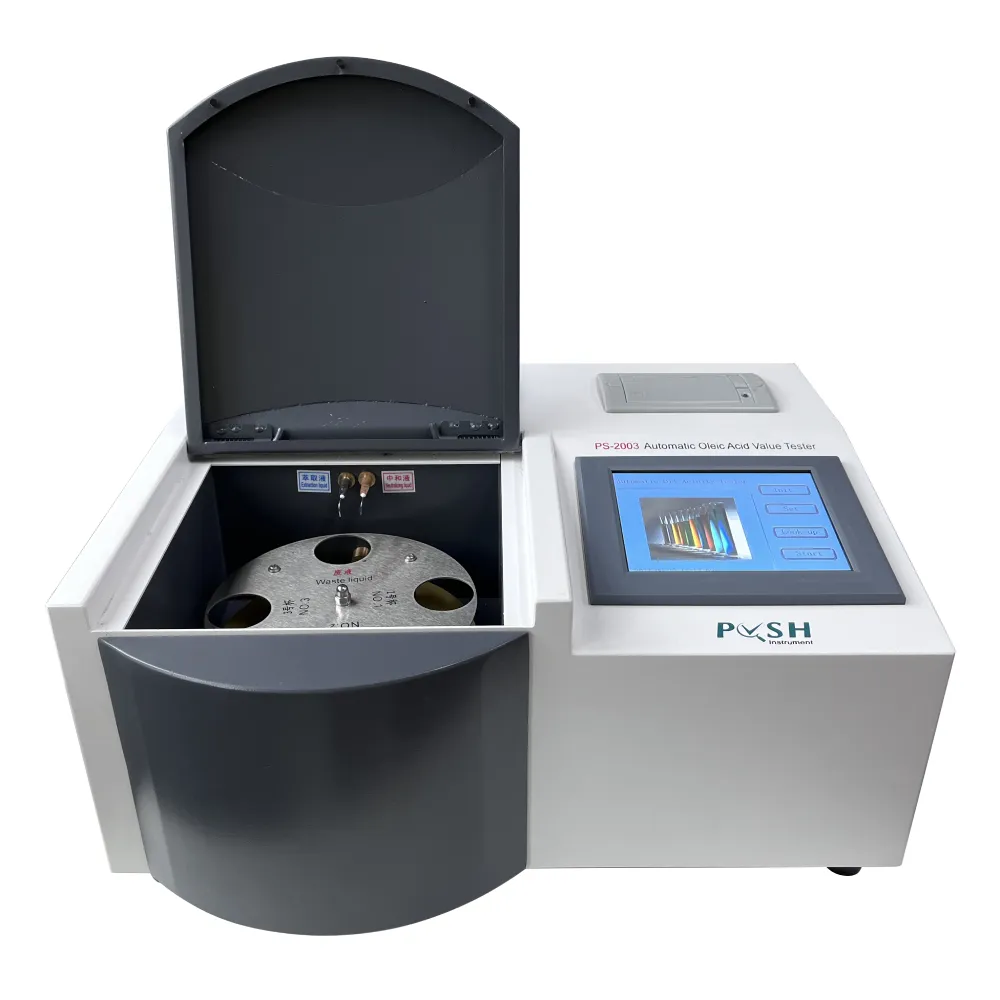 English
English



-
 Afrikaans
Afrikaans -
 Albanian
Albanian -
 Amharic
Amharic -
 Arabic
Arabic -
 Armenian
Armenian -
 Azerbaijani
Azerbaijani -
 Basque
Basque -
 Belarusian
Belarusian -
 Bengali
Bengali -
 Bosnian
Bosnian -
 Bulgarian
Bulgarian -
 Catalan
Catalan -
 Cebuano
Cebuano -
 China
China -
 China (Taiwan)
China (Taiwan) -
 Corsican
Corsican -
 Croatian
Croatian -
 Czech
Czech -
 Danish
Danish -
 Dutch
Dutch -
 English
English -
 Esperanto
Esperanto -
 Estonian
Estonian -
 Finnish
Finnish -
 French
French -
 Frisian
Frisian -
 Galician
Galician -
 Georgian
Georgian -
 German
German -
 Greek
Greek -
 Gujarati
Gujarati -
 Haitian Creole
Haitian Creole -
 hausa
hausa -
 hawaiian
hawaiian -
 Hebrew
Hebrew -
 Hindi
Hindi -
 Miao
Miao -
 Hungarian
Hungarian -
 Icelandic
Icelandic -
 igbo
igbo -
 Indonesian
Indonesian -
 irish
irish -
 Italian
Italian -
 Japanese
Japanese -
 Javanese
Javanese -
 Kannada
Kannada -
 kazakh
kazakh -
 Khmer
Khmer -
 Rwandese
Rwandese -
 Korean
Korean -
 Kurdish
Kurdish -
 Kyrgyz
Kyrgyz -
 Lao
Lao -
 Latin
Latin -
 Latvian
Latvian -
 Lithuanian
Lithuanian -
 Luxembourgish
Luxembourgish -
 Macedonian
Macedonian -
 Malgashi
Malgashi -
 Malay
Malay -
 Malayalam
Malayalam -
 Maltese
Maltese -
 Maori
Maori -
 Marathi
Marathi -
 Mongolian
Mongolian -
 Myanmar
Myanmar -
 Nepali
Nepali -
 Norwegian
Norwegian -
 Norwegian
Norwegian -
 Occitan
Occitan -
 Pashto
Pashto -
 Persian
Persian -
 Polish
Polish -
 Portuguese
Portuguese -
 Punjabi
Punjabi -
 Romanian
Romanian -
 Russian
Russian -
 Samoan
Samoan -
 Scottish Gaelic
Scottish Gaelic -
 Serbian
Serbian -
 Sesotho
Sesotho -
 Shona
Shona -
 Sindhi
Sindhi -
 Sinhala
Sinhala -
 Slovak
Slovak -
 Slovenian
Slovenian -
 Somali
Somali -
 Spanish
Spanish -
 Sundanese
Sundanese -
 Swahili
Swahili -
 Swedish
Swedish -
 Tagalog
Tagalog -
 Tajik
Tajik -
 Tamil
Tamil -
 Tatar
Tatar -
 Telugu
Telugu -
 Thai
Thai -
 Turkish
Turkish -
 Turkmen
Turkmen -
 Ukrainian
Ukrainian -
 Urdu
Urdu -
 Uighur
Uighur -
 Uzbek
Uzbek -
 Vietnamese
Vietnamese -
 Welsh
Welsh -
 Bantu
Bantu -
 Yiddish
Yiddish -
 Yoruba
Yoruba -
 Zulu
Zulu
Evaluating the Effectiveness of Transformer Guard in Safety Tests
Understanding the Transformer Guard Test A Comprehensive Overview
The Transformer Guard Test is an essential procedure in the field of electrical engineering, specifically focusing on ensuring the reliability and safety of transformer systems. As transformers play a crucial role in electricity distribution and transmission, their operational integrity is imperative to avoid potential hazards that can arise from failures or malfunctions. This article delves into the significance of the Transformer Guard Test, its methodology, and the implications of its results.
Importance of Transformer Guard Testing
Transformers are vital components in electrical networks, functioning to step up or step down voltage levels according to operational needs. As they handle substantial electrical loads, any fault in a transformer can result in significant downtimes, financial losses, and even hazardous situations like electrical fires or system failures. Thus, regular testing helps in early detection of potential issues, ensures compliance with industry standards, and enhances the overall reliability of the electrical infrastructure.
Methodology of the Transformer Guard Test
The Transformer Guard Test combines various techniques to assess the health of a transformer. This includes
1. Dissolved Gas Analysis (DGA) DGA is a critical test that examines the gases dissolved in transformer oil. The presence of certain gases can indicate electrical arcing, overheating, or insulation breakdown. Analyzing these gas samples can help in diagnosing potential failure mechanisms before they escalate into critical issues.
2. Power Factor Testing This test evaluates the insulation condition of the transformer. A decrease in power factor can indicate deterioration of insulation materials. By engaging in regular power factor testing, maintenance teams can identify transformers that may be at risk for failure.
transformer guard test

3. Circuit Resistance Testing This assessment measures the resistance of transformer windings. High resistance might indicate issues such as poor connections or corrosion. Monitoring these values over time allows for trend analysis that can preemptively pinpoint problematic transformers.
4. Sweep Frequency Response Analysis (SFRA) SFRA is employed to detect mechanical failures or changes in the transformer such as windings movement or deformation. This can occur due to short circuits, which can have devastating consequences if not caught in time.
5. Thermal Imaging This non-invasive technique helps in identifying hot spots within the transformer, assessing connections, and other components. Elevated temperatures in specific areas might suggest underlying issues that need to be addressed to prolong the life of the transformer.
Interpreting the Results
The results derived from the Transformer Guard Test provide vital insights into the transformer’s condition. Passing results often indicate that the transformer is functioning correctly and is unlikely to face imminent failure. Conversely, failing results necessitate immediate action, which might include maintenance, repairs, or in some cases, replacement of the transformer.
Interpretation of the test results requires expertise, as technicians must accurately correlate the findings with historical data and performance metrics of the transformer. Any anomalies must be investigated thoroughly, and root cause analysis is essential to understand and rectify the underlying issues.
Conclusion
The Transformer Guard Test is an indispensable practice in ensuring the safety, efficiency, and longevity of transformer systems. With the rapid advancement of electrical technologies, regular testing becomes even more critical in mitigating risks associated with transformer operations. By employing a comprehensive testing methodology, electrical engineers and maintenance teams can safeguard their infrastructure, reduce operational risks, and ensure the continuous delivery of reliable electricity. In an age of increasing energy demands, prioritizing such assessments ultimately leads to better resource management and enhanced public trust in electrical systems.
-
Testing Equipment Industry Sees Major Advancements in 2025: Smart & Precision Technologies Lead the WayNewsJun.06,2025
-
Applications of Direct Current Generators in Renewable Energy SystemsNewsJun.05,2025
-
Hipot Tester Calibration and Accuracy GuidelinesNewsJun.05,2025
-
Digital Circuit Breaker Analyzer Features and BenefitsNewsJun.05,2025
-
Benefits of Real-Time Power Quality Monitoring Devices for Industrial EfficiencyNewsJun.05,2025
-
Earth Fault Loop Testing in High-Rise Building Electrical SystemsNewsJun.05,2025



